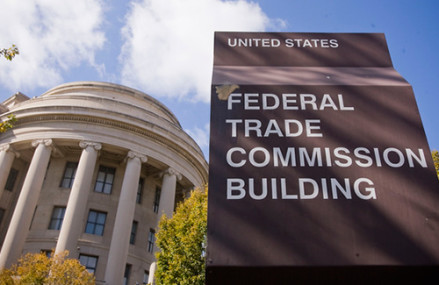When President Obama announced his Making Home Affordable Plan in early February he estimated that more than 4 million homeowners would qualify. Yet the plan has fallen short. By most estimates, it has been applied to about 5% of those eligible while a record 5.4 million American homeowners are now behind on their mortgage payments.
Even the President admits that his plan isn’t meeting expectations. “Our mortgage program has actually helped to modify mortgages for a lot of people, but it hasn’t been keeping pace with all the foreclosures that are taking place,” Obama said. Why not?
One reason is that the initial loan to value ratio (LTV) limits were too low.Borrowers could qualify for a refinance only if their loans exceeded the value of the property by no more than 5%. In many urban areas like Phoenix, Las Vegas or Detroit, that limit effectively cut out any mortgages entered into at the height of the housing boom.
That limit has been lifted to 125% effective July 1, 2009. However Fannie Mae and Freddie Mac will have different start dates for buying the new mortgages under the higher limit. Fannie Mae says it will start acquiring them September 1st. Freddie Mac won’t begin until a month later. Many lenders are holding off on refinancing these +105% mortgages until then. The new limit won’t help everybody. In Nevada, 28% of homeowners owe more than 125% of their home’s value.
The Obama refinance plan was designed for those who are current on their mortgages, i.e., not more than 30 days late in the past year. Some homeowners simply couldn’t keep paying bills to meet this standard.
The initial plan didn’t consider the financial pressures from a second mortgage, an issue that was later addressed for lenders holding both a first and second on a home in April. Problems still exist for those with two mortgages from different lenders.
When the plan was originated, the biggest threat to the mortgage market seemed to be the pending interest reset on adjustable rate mortgages. Because fixed mortgage rates were at a close to historic low, a government aided refinance into a fixed home loan seemed to be a good solution. However since February, reduced incomes or unemployment have emerged as the major problems. Nationally the unemployment rate is nudging 10%. In Michigan, it is over 15%. Many homeowners simply don’t qualify for either a refinance or even a loan modification with the reduced income they are anticipating.
Many borrowers blame lenders for not responding quickly enough. Others complain that lenders aren’t eager to do loan modifications because of the money they’ll lose. Some homeowners are upset about lost paperwork and unreturned phone calls. In many cases the lack of servicer response is simply that lenders are overwhelmed with mortgage modification applications and have not hired enough qualified personnel to handle the flood of paperwork pouring in.
The Treasury Department is applying pressure to loan servicers to simplify the process while it prepares a report to track applications and modifications. Freddie Mac has been engaged by the administration to recheck applications. For now, if you are applying for help under the Obama plan, remember the three Ps: Preparation, Persistence and Patience.Help is still at hand.



